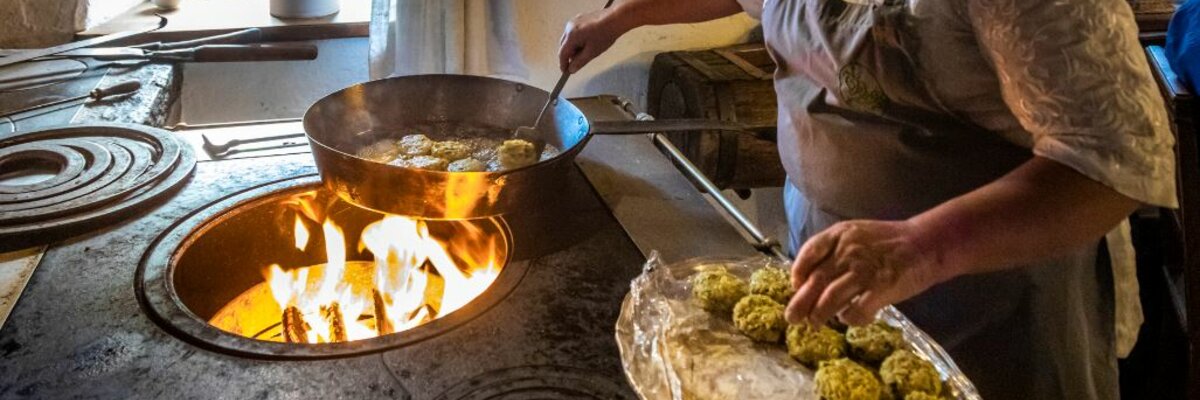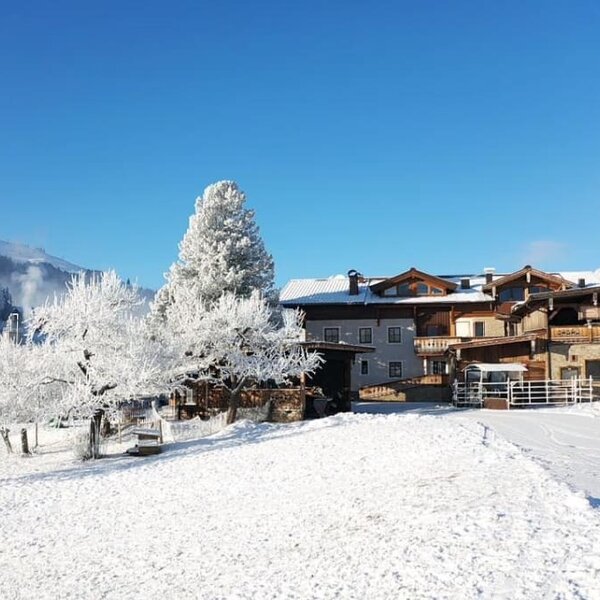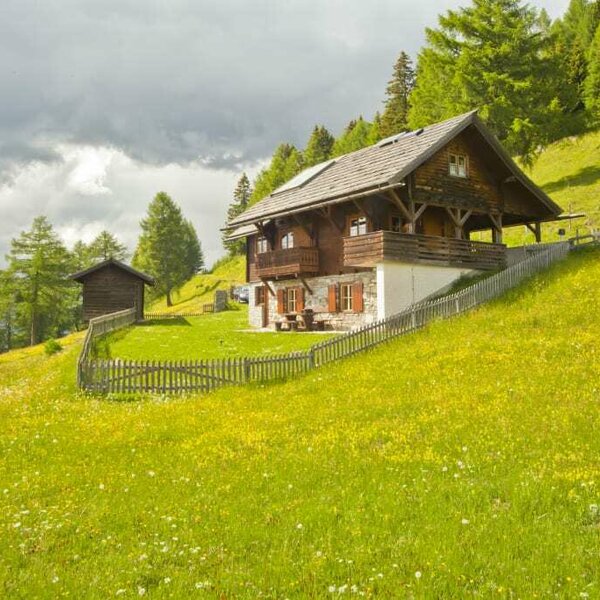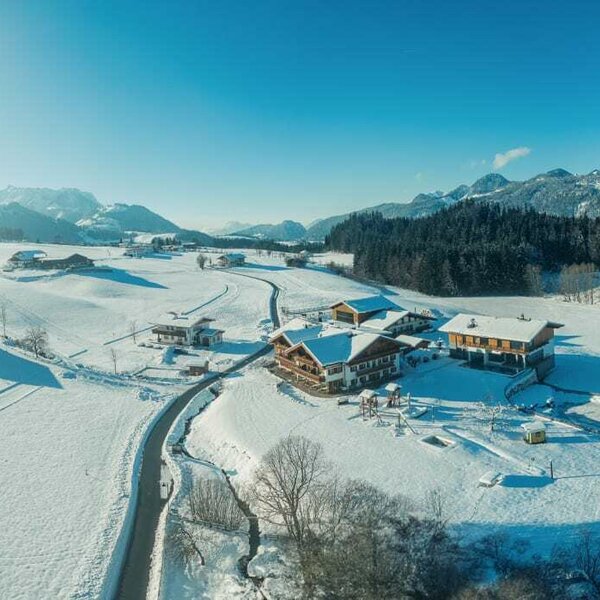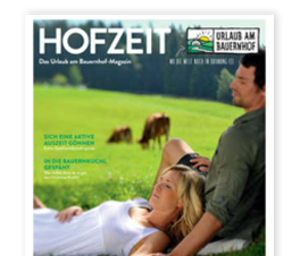In the Farmer's Kitchen in Austria
The farm is where it all starts. It’s the place where our food is produced. And it’s also the place where the traditional Austrian cuisine has its roots. Apart from fun and relaxation, this is an important part of a farm holiday in Austria. In the farmer’s kitchen, you can watch, learn, join and taste the fresh meals right on the spot. If you’re lucky, the farmer might give away one of her secret recipes.
What you need to know: there’s a story behind every traditional dish. Simply ask your hosts on the farm about their favourites. They will gladly tell you more. A family’s culinary traditions are as old as the farmhouse they live in. In a lot of cases, there’s only one secret ingredient that makes a dish taste completely different compared to the neighbouring farm.

A Country's Cuisine Reflects Its Culture
Originally, the culinary delights were simply the result of what the land had on offer. The Austrian provinces in the west have a traditional focus on dairy farming. Therefore, cheese is an essential product. “Kässpätzle” (a type of fresh pasta with grated cheese) and “Kaspressknödel” (fried cheese dumplings) in different varieties are much celebrated dishes. Each region and sometimes even each farm has its own recipe. But no matter how different they might be: they always taste delicious!
The traditional Austrian cuisine is colourful, diverse and creative. Vegetable farming has always been the cornerstone in the Austrian provinces in the east. The culinary delights typical of these regions are based on potatoes, pumpkins and cabbage. “Krautrouladen” (stuffed cabbage rolls), “Kürbisgulasch” (pumpkin goulash), “gefüllte Paprika” (stuffed peppers) or “Krautfleckerl” (cabbage and noodles).
The latter can be prepared in different ways: vegan, with bacon or sweet. That’s also characteristic of the traditional Austrian cuisine: for some dishes, there’s a “sweet” and a “savoury” variation. You’ll be amazed! In the Mostviertel region (Lower Austria), cider is used to marinate meat as well as to prepare a sweet pudding. Even the name of the historical region derives from this delightful drink - it translates to “cider quarter”. The Mühlviertel region (Upper Austria) is a paradise for all beer drinkers. The hoppy drink brewed from barely adds the finishing touch not only to roasts but also to soups.
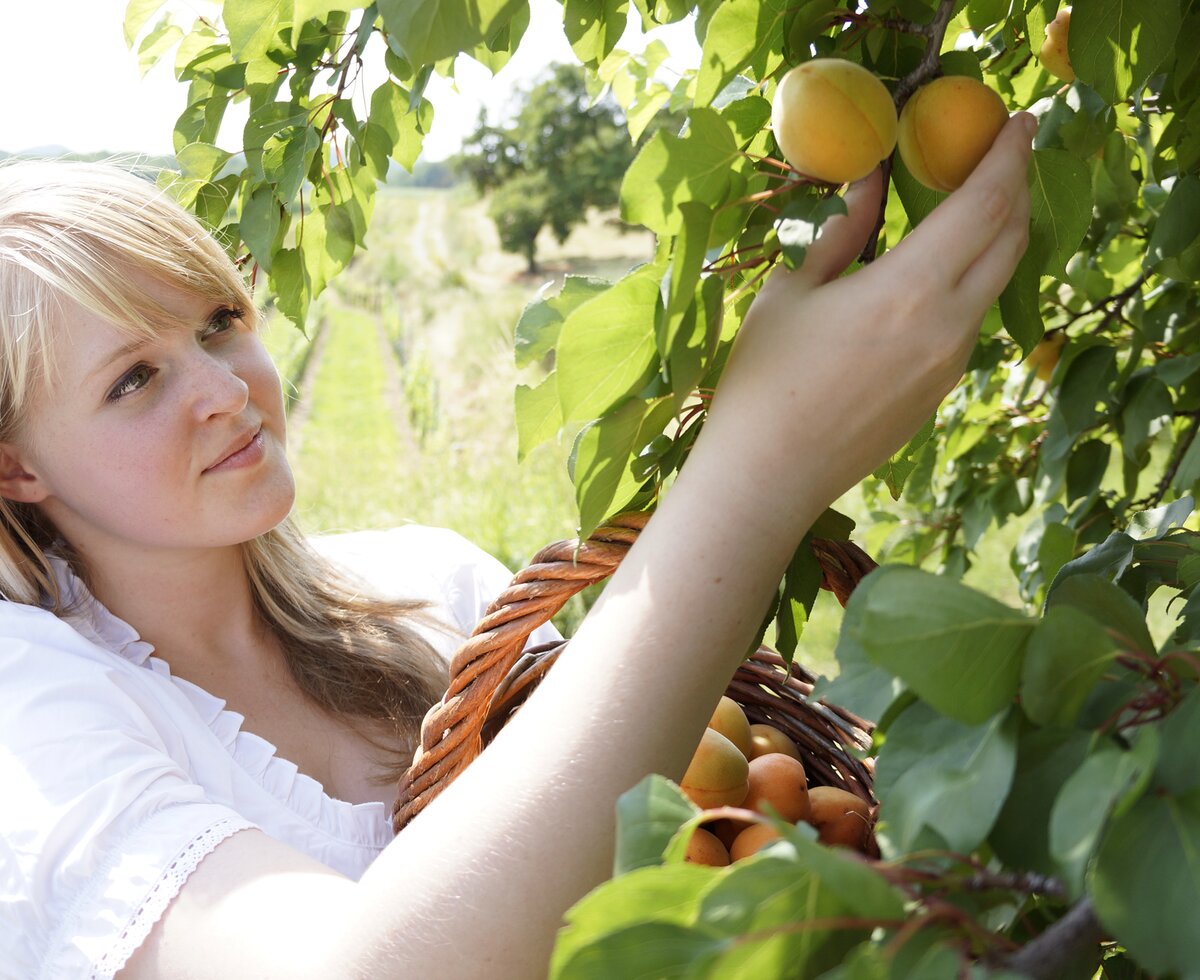
From the Wachau Region to Styria
The Wachau region (Lower Austria) is known beyond its borders for the deliciously sweet apricots. Plenty of scrumptious apricot recipes have been created here. Styria is home to the famous pumpkin seed oil. It’s not only a fine topping for scrambled eggs but also for the traditional crispy chicken salad (“Backhendlsalat”).
Runner beans are another delicacy that Styria is famous for. Their name “Käferbohnen” literally translates to “beetle beans”. But don’t worry, they only look like beetles. These dark-coloured beans with a creamy texture have a slightly nutty flavour. You will love it!
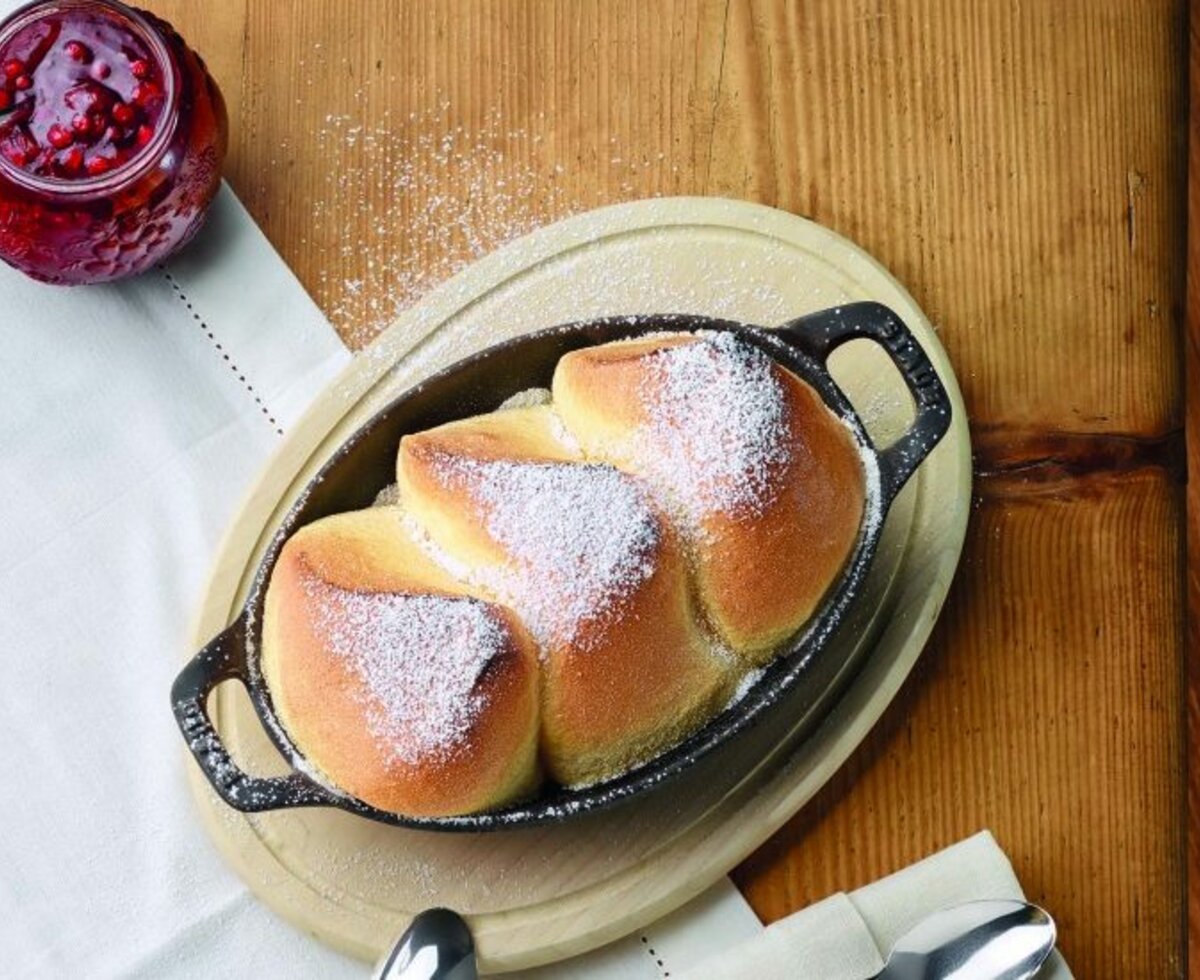
Sweet Soufflés & Hearty Soups
Asparagus is widely grown in the historical region of Marchfeld (Lower Austria). It’s prepared in lots of wonderful ways in spring and early summer, when in season.
While Tyrol is the land of bacon, Vorarlberg is home to Alpine cheeses with a distinctive taste that are also delicious in soups. Dumplings in Upper Austria, noodles in Carinthia or soufflés in Salzburg - these are the characteristic regional “basics” in the kitchen.
The famous dish “Salzburger Nockerl”, an airy vanilla soufflé, is a sweet treat to die for! “Klachlsuppe” is a hearty, flavourful soup with ham hocks and roots. It’s a common dish after a pig has been slaughtered. The main thing is: fresh and locally grown ingredients are prepared with a great deal of love. Austria’s greatest chefs have reinvented a lot of classic dishes that the traditional cuisine is famous for. Fine dining at its best!
Meanwhile, the traditional recipes that are used in the farmers’ kitchens haven’t changed over years. The simple and unsophisticated recipes belong to cultural heritage - it’s what the locals hold dear.
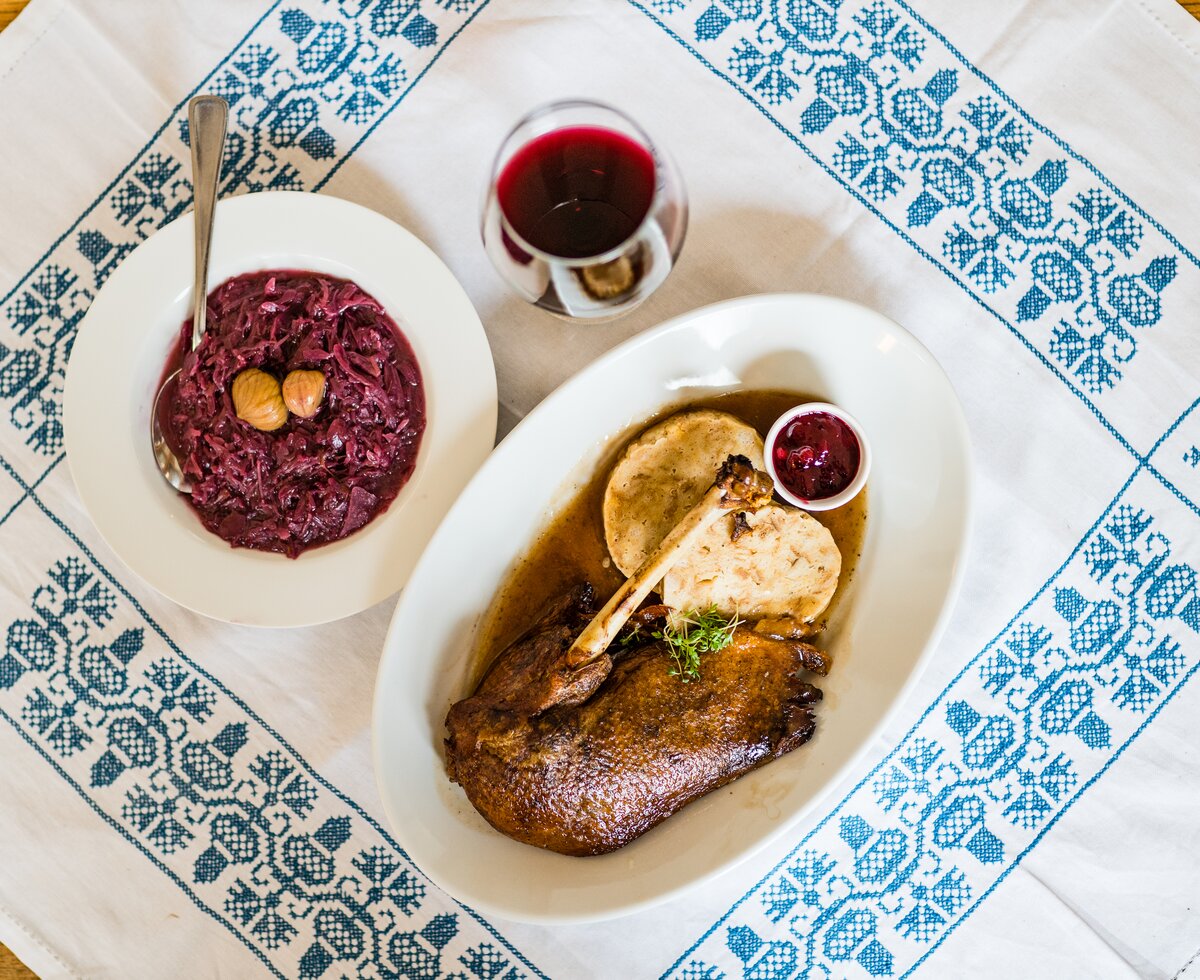
Bohemian Cuisine and a Hungarian Touch
The countries, regions and cultures surrounding Austria have had a great impact on its cuisine. Not only one culinary inspiration has found its way across the border. In Austria’s north, in the federal provinces of Upper and Lower Austria, you can get a taste of Bohemian dishes.
In the Waldviertel region, this inspiration has blossomed into delectable dishes with poppy seeds and dumplings at the centrepiece. The region’s specialties: “Mohnnudeln” (poppy seed gnocchi), “Mohnstrudel” (poppy seed roll), “Mohnzelten” (poppy seed pie with potato pastry) or the famous potato dumplings (“Waldviertler Knödel”).
Savoury pancakes stuffed with cabbage (“Krautpalatschinken”) or spicy stews add some Hungarian flavour to the cuisine in Burgenland, Austria’s easternmost province. But be aware: the most characteristic ingredient here is hot paprika! More to the west, in Tyrol, the regional cuisine has been influenced by Italy.
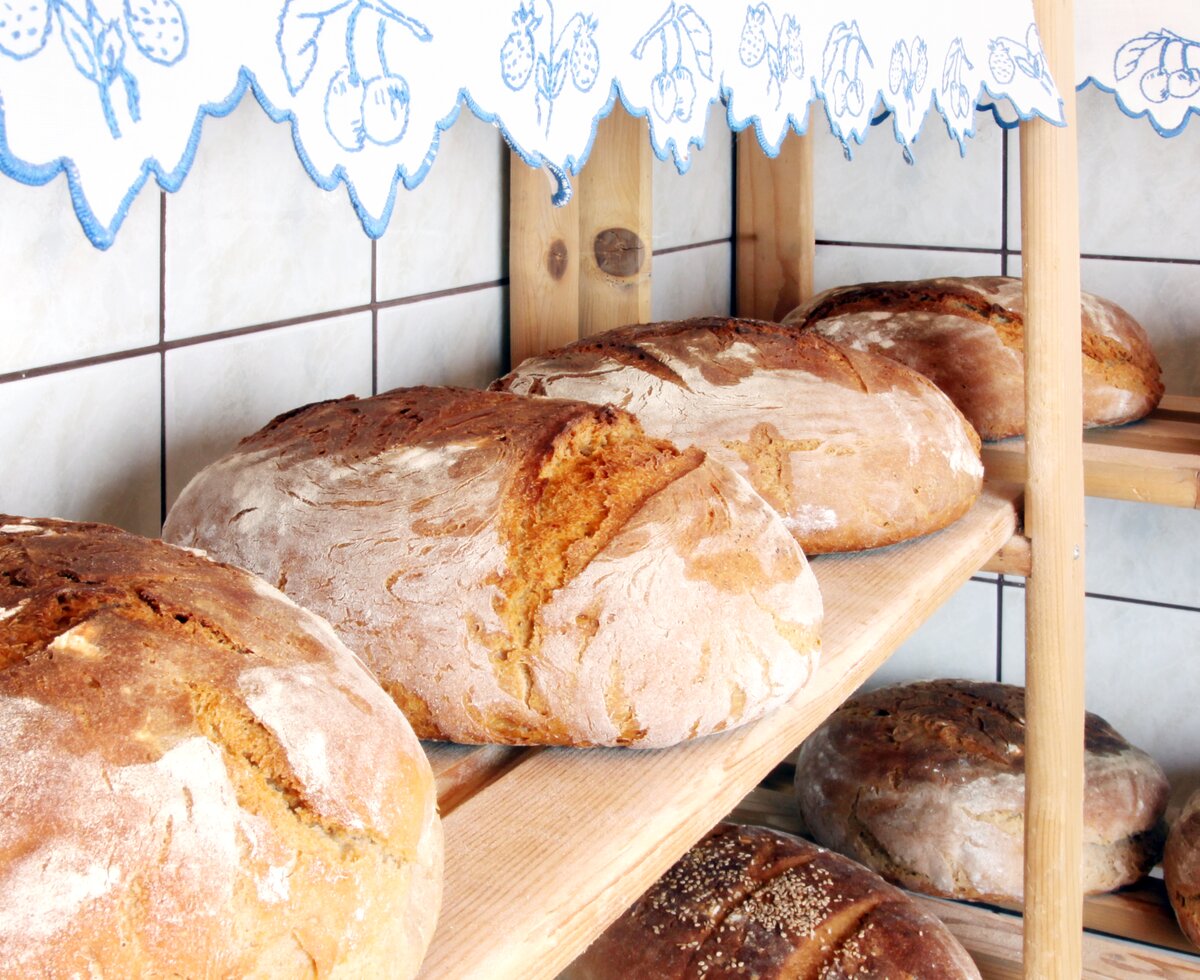
From Grain to Bread
On the farm, you can taste where your food comes from. Do you know that feeling you get when you hold a warm loaf of bread in your hands? Have you ever taken a bite of its thick crispy crust after removing it from the oven?
Have you ever taken a sip of fresh milk, right after the cow has been milked? Believe us when we tell you that you can taste every herb that the cow has eaten on the alpine pastures. You can taste the sun, the rain and the adventures.
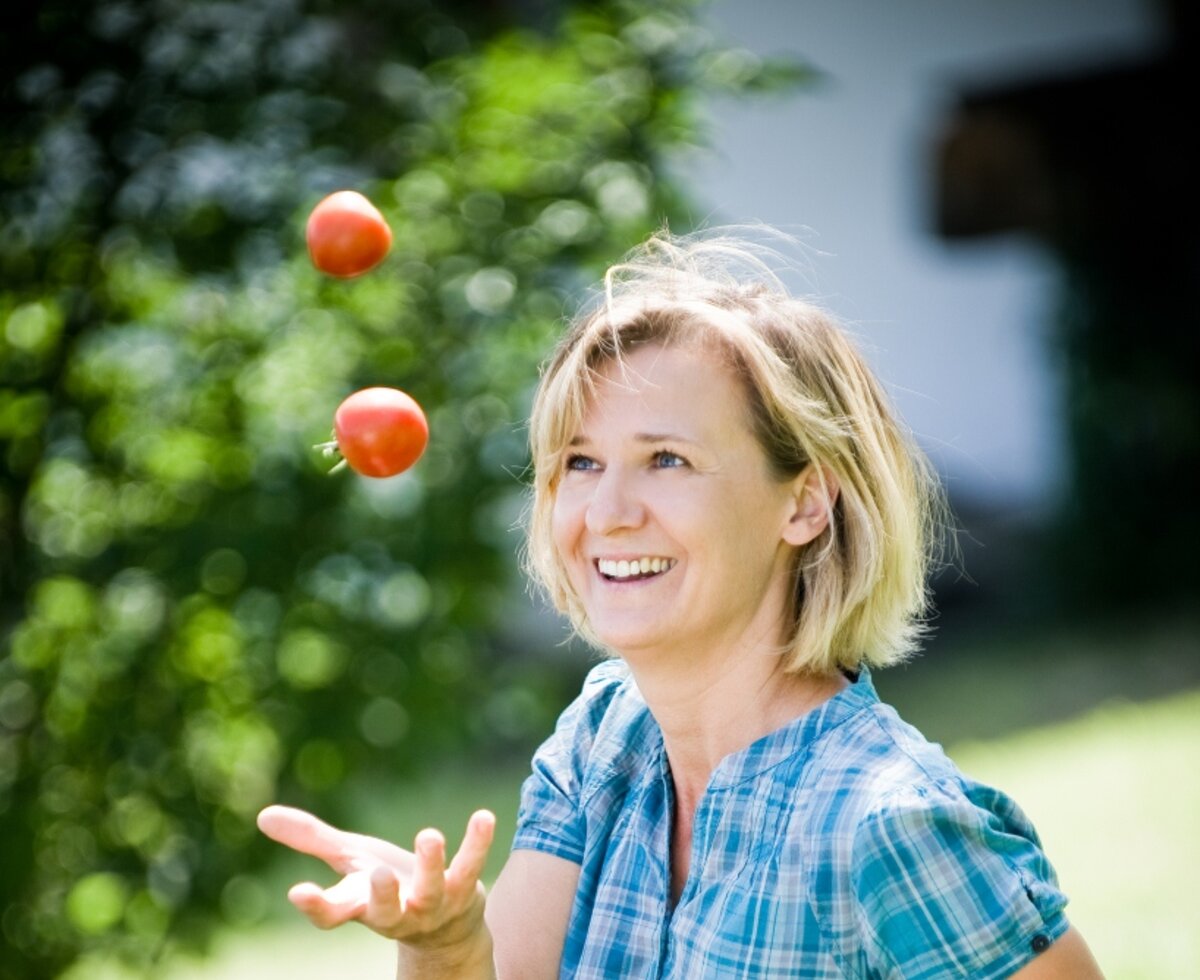
Food on the Farm: Simple but Delicious
In the farm garden, you can pull the tomatoes straight from the plant. Get some basil and parsley from the herb garden. Add chives and mint leaves. And that’s it: the most delicious salad. For breakfast, you can go and collect an egg directly from the nest.
Enjoy it with some bread and butter. Everything’s home-made: bread, butter and a spread made of quark and herbs that the kids can’t get enough of. You’ve been there when the butter was stirred. Yes, you’ve even helped the farmer and learned which ingredients make the spread such a mouth-watering delight.
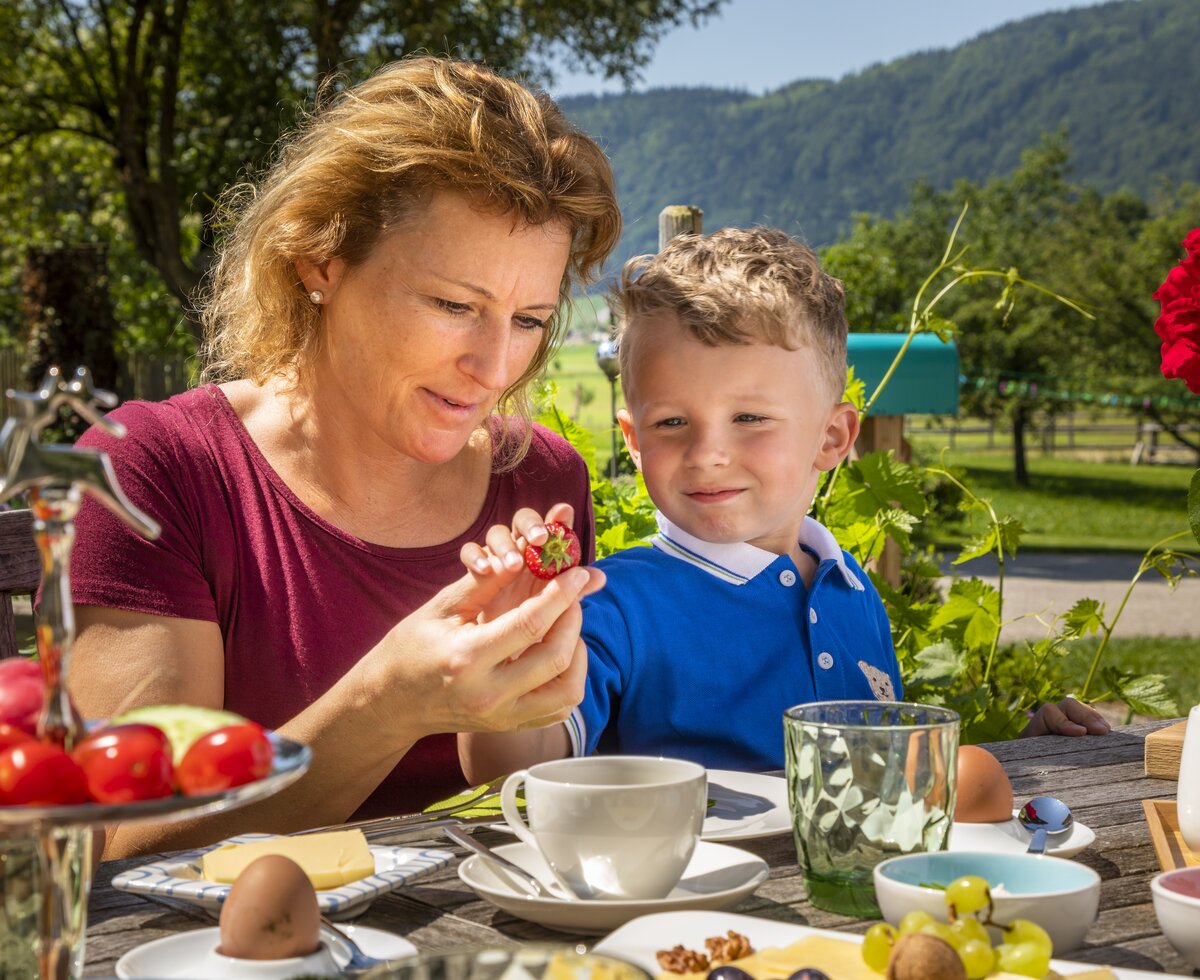
A Cuisine Full of Surprises
Each of Austria’s regions has its own unique specialities. Meat products, vegetables, cheese from the cows in the barn or desserts. “Kaspressknödel” (fried cheese dumplings), “Krautstrudel” (cabbage strudel), a pork roast with crispy crackling or a cake that the old farmer has brought to perfection.
On an Austrian family farm, every meal during your holiday will be a delightful experience.
Contact Us WE ARE HAPPY TO HELP YOU!

Andrea Sommerauer
Secretary
Holidays on the Farm in Austria
